Adversaries: WW1 -
:![]()
 Main Index
Main Index

Click on the icon or scroll down to see the models
Royal Bavarian Air Service / Imperial German Air Service 1916
Airfix, 1/72.
The LFG Roland C.11 design was the first of a range of advanced German Aircraft introduced from 1916. Its streamlined wooden monocoque fuselage, assembled from moulded and cross planked plywood sheets, gave it a comparatively high speed and earned it the nickname "Walfisch" (whale). However, a poor understanding of aerodynamic principles meant that the closely mounted biplane wings were prone to sudden stalls.
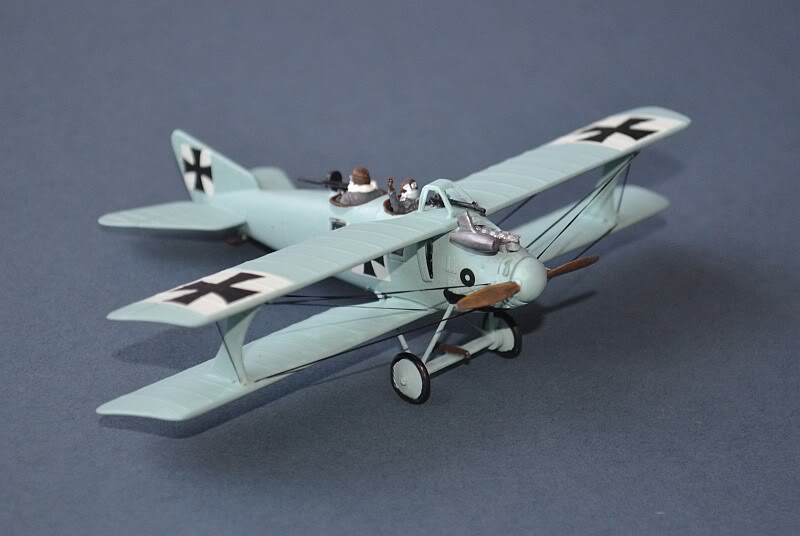
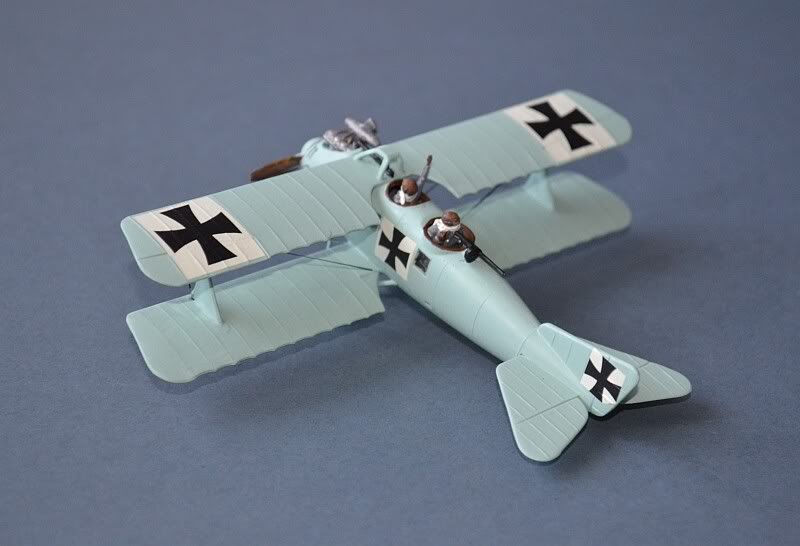
This aircraft was the mount of Eduard Ritter von Schleich, a high scoring Bavarian flying ace of World War I. He was credited with 35 aerial victories and a recipient of the "Order Pour le Mérite" (sometimes known as the "Blue Max"), the Kingdom of Prussia's highest military award.
In the run-

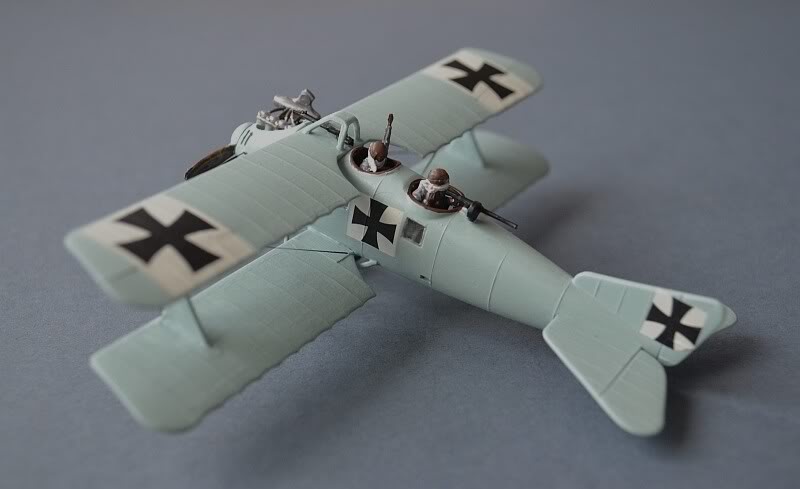
JaSta 25, Imperial German Air Service 1917
Eduard, 1/72.
The Albatross D.V entered service with the Imperial German Air Service (Luftstreitkrafte) in May 1917 as a development of the earlier Albatross D.III. It proved to have few real improvements on the earlier aircraft and structural weaknesses with its lower wings earned it a poor reputation.
Nevertheless, despite this the Germans had little choice but to use it in large numbers (over 900 were built), although an improved variant, the D.Va managed to resolve some of the issues and saw a further 1,600 built, with many remaining in service until the Armistice in November 1918.
The aircraft depicted is thought to be that of Leutnant Franz Xaver Danhuber whilst he was serving with Jasta 26, based at Abeele in Belgium during 1917. Danhuber was credited with 11 victories.




JaSta 15, Imperial German Air Service 1918
Revell, 1/72.
The Fokker D.VII, designed by Reinhold Platz, was one of the finest German aircraft of World War 1, with over 3,300 produced in the 2nd half of 1918 alone. It restored much of the technical superiority that Germany aircraft had lost to the Allies in late 1917, but came too late to regain the strategic advantage in the air. The aircraft was regarded so highly by the Allies that it gained specific mention in the Armistice treaty, with Germany required to hand over all aircraft (as well as being banned from building any more).


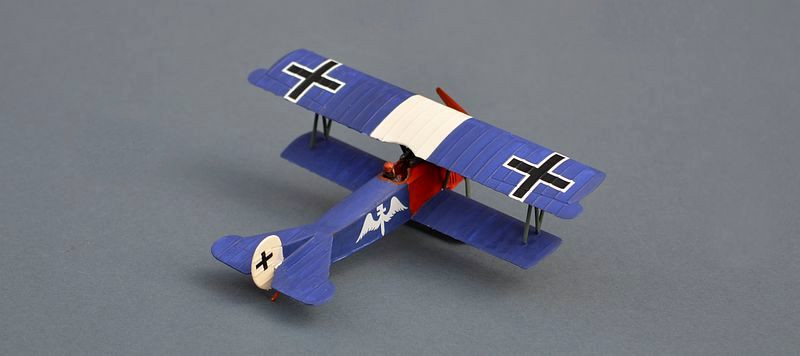

Royal Saxon JagdStaffel 40 / Imperial German Air Service 1918
Roden , 1/72.
The Pfalz D.IIIa is a slightly less well known German fighter of WW1, compared with the Fokkers, Albatros' and Rolands. Built in Bavaria and mainly used by Bavarian Air Force units, its reputation may have suffered some discrimination as a result of the delicate political balance between catholic Bavaria and the mainly protestant rump of the German Empire.
Never as capable as other contemporary designs, but had a high diving speed and was structurally robust and reliable (i.e. it didn’t lose its wings in a dive), so it found favour with some experienced pilots and in specialised roles such as attacks on observation balloons.
Early D.III versions had their machine guns embedded in the fuselage which proved
difficult to aim and almost impossible to clear jammed guns; the D.IIIa variant
moved these to the more usual position in the pilots eye-

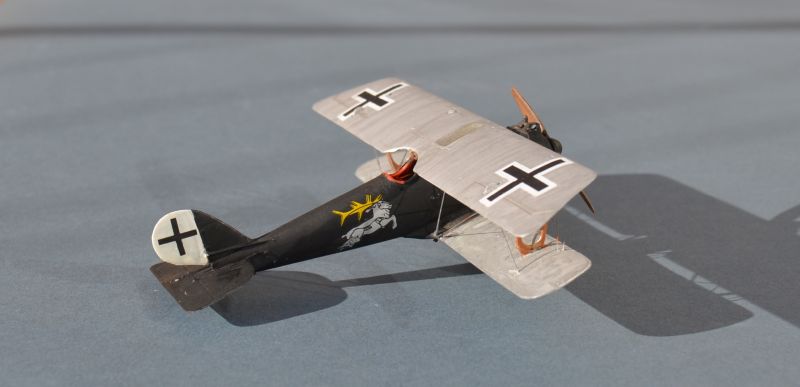
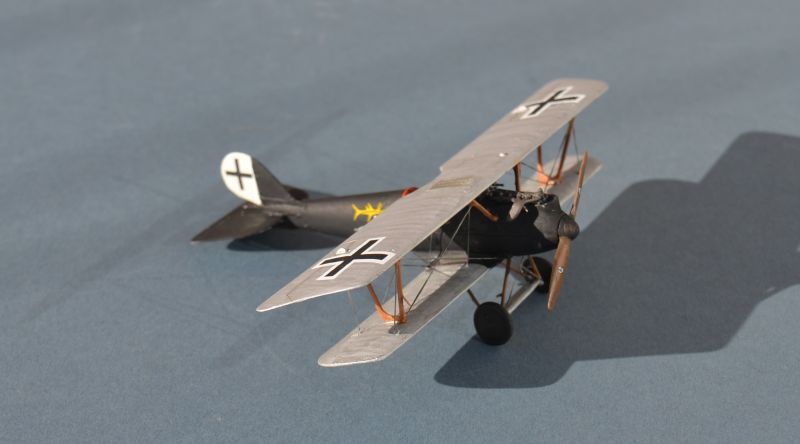
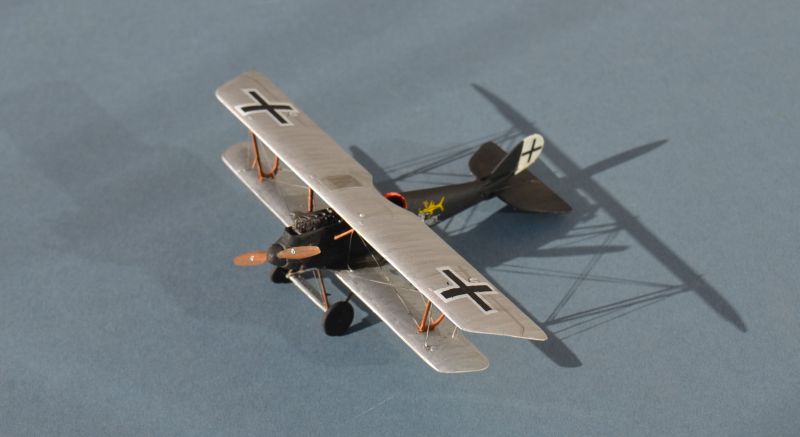
Jagdgeschwader (JG) 1 Imperial German Air Service 1918
Revell , 1/72.
The Fokker DR.1 Driedecker (tri-
As with the Sopwith, its triple wing arrangement gave good visibility, whilst its low wing loading, longitudinal instability and narrow wingspan gave it excellent manoeuvrability. However, like many German WW1 aircraft, it was structurally fragile and early aircraft became known for their tendency to lose wings in a dive. Poor construction was blamed and Fokker were forced to repair existing aircraft at their own expense; despite improvements, wing failures continued throughout its service, with post war research showing that this was due in part to differing lift between its 3 wings, putting almost all load on the upper wing at speed.
Despite its success and fame, Allied aircraft quickly began to outpace the DR.1's speed and performance, so production ended in May 1918 when the far superior Fokker D.VII became available.
The Red Baron
Rittmeister (Captain) Baron Manfred Von Richtofen is one of the best known pilots of the First World War. Flying his signature red coloured Fokker DR.1, he was officially credited with 80 victories and his "Flying Circus" wing of fighters (so named because they moved around like a travelling circus) gained a fearsome reputation amongst Allied pilots.
He was eventually shot down and killed on 21 April 1918 following combat with a Sopwith
Camel piloted by Canadian Flight Commander Roy Brown of 209 Sqn RAF (formerly Naval
9 Sqn of the RNAS). Whilst Brown was credited officially with the kill by the newly
formed RAF, initially he did not claim it and it is now thought that ground fire
from several gunners in an Australian Army anti-
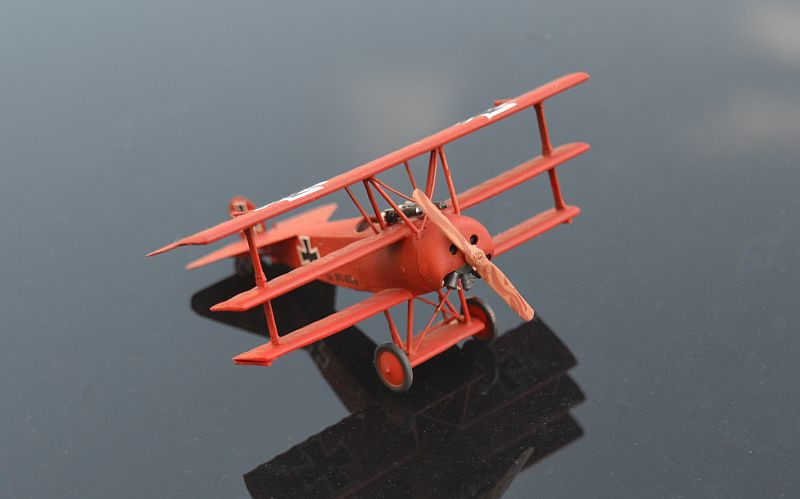

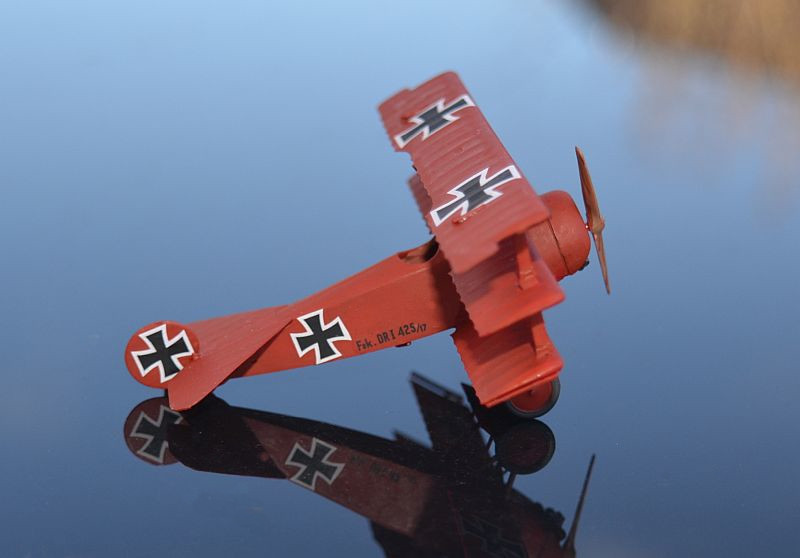
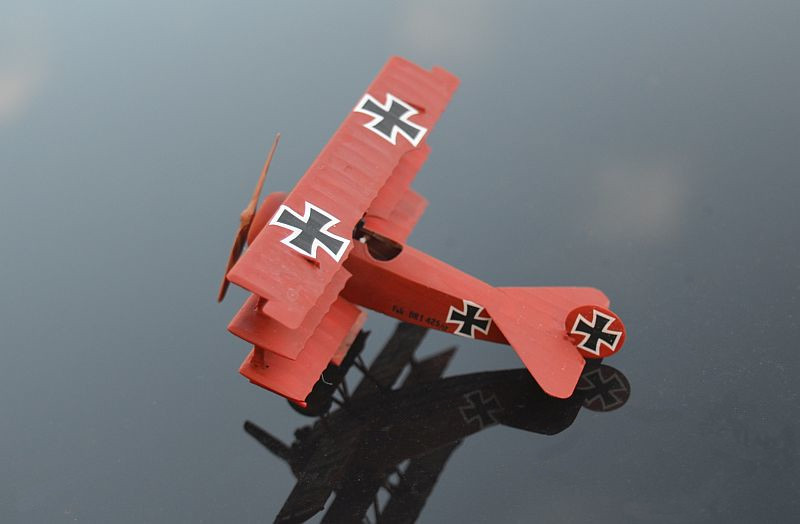
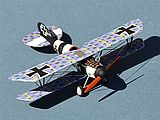
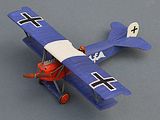
www.gengriz.co.uk

 Main Index
Main Index